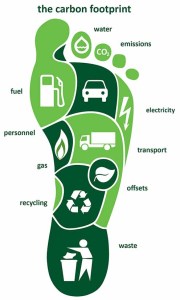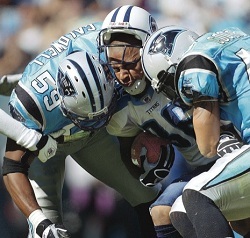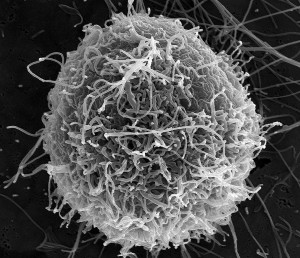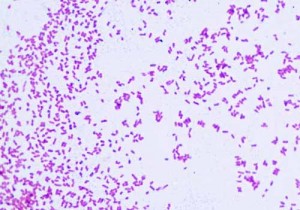Whenever you go hiking on a trail or visit a park, the locals always insist that you leave no footprint. They insist that you keep the environment the way you found it so it stays in good condition. We feel the same way about the whole planet but we don’t treat Earth that great and its starting to show us that. I followed an MIT study following 18 random households and the University calculated their carbon footprints.
“Whether you live in a cardboard box or a luxurious mansion, whether you subsist on homegrown vegetables or wolf down imported steaks, whether you’re a jet-setter or a sedentary retiree, anyone who lives in the U.S. contributes more than twice as much greenhouse gas to the atmosphere as the global average” (MIT.edu) Every person in the US contributes to the high amount of greenhouse gasses there is no avoiding it. It is crazy to think that Donald Trump, President Obama, me Ethan Asam and those unfortunate enough that are living in the streets all produce more greenhouse gasses than the global average.
The MIT class studied in an observational study the carbon emissions of Americans in a wide variety of lifestyles. The class studied every lifestyle ranging from the homeless to multimillionaires and from “monks to soccer moms”. What they discovered was no matter the lifestyle you had, Americans won’t drop below a certain emission floor. “Regardless of income, there is a certain floor below which the individual carbon footprint of a person in the U.S. will not drop,” (Timothy Gutowski, professor of mechanical engineering).
When thinking about carbon footprints you would think the homeless, monks and children would have a rather low one but when you think hard about the subject you realize that the Government provides us with many public goods that go into each persons carbon footprint. The Government provides police, roads, libraries, the court system and the military and all of these leave a rather big carbon footprint on the Earth and they certainly leave a bigger footprint than other countries in the world.
The MIT students conducted detailed interviews and made detailed estimates of the energy usage of 18 lifestyles and they concluded that the American average carbon footprint was 20 metric tons compared to a world average of only 4 tons. The floor that no American falls beneath is 8.5 metric tons and that is still twice the global average. Whether bias or high estimating made its way into the observational study, we as a country still omit by a large amount more carbon dioxide than any other country. And for the record the 8.5 metric tons was from a “homeless person who ate in soup kitchens and slept in homeless shelters.”
I believe these measurements are spot on though because the emissions were looked at with great detail. The students considered everything a person did like a “rebound effect”, for example if someone purchases a hybrid rather than a gas guzzler or long airplane rides. The numbers are spot on and this is an indicator for us as a country to change. One thing the class reported also is that when you save energy you save money so a rational person would want to lower their carbon footprint.
I wanted to end with a positive though because the U.S. is heading in the right direction with their recent commitment with China to reduce their greenhouse emissions. Barack Obama and Xi Jinping announced last month that both countries plan to cut emissions between 26 and 28 percent below 2005 levels by 2025. This is more than double what each country had planned before. I think we are headed in the right direction to lower our carbon footprint from the staggering 20 metric tons it is now.
Sources Cited:
http://www.newrepublic.com/article/120242/us-and-china-reach-agreement-climate-change
http://newsoffice.mit.edu/2008/footprint-tt0416



















